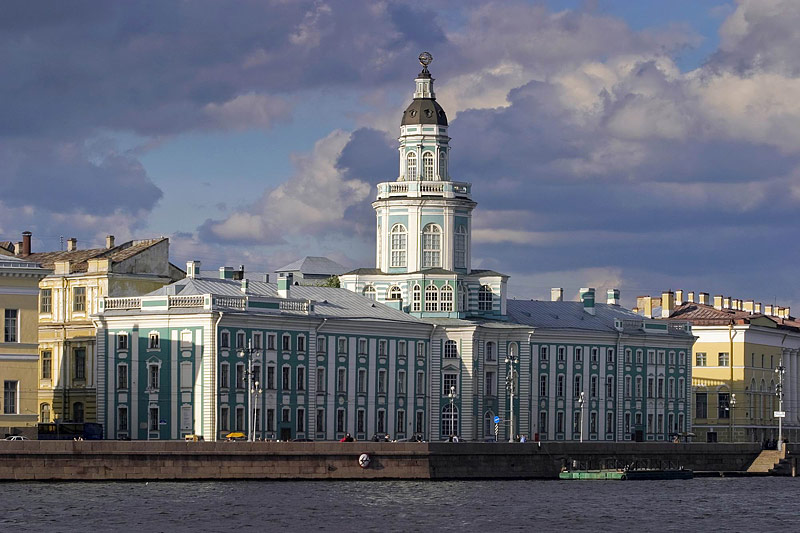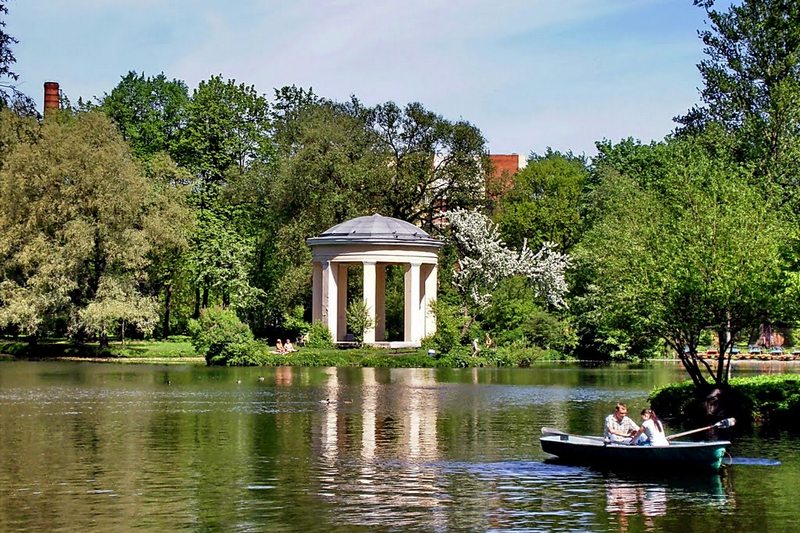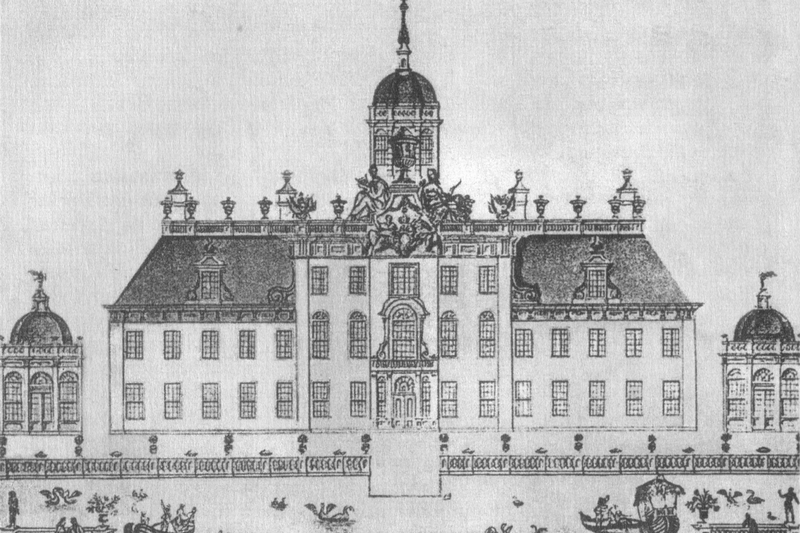St. Petersburg in the era of Catherine I (1725-1727)
Catherine's reign was brief and in general saw projects brought to fruiting that had been earlier conceived by her late husband, Peter the Great. Her reign started with Peter's opulent state funeral, according to new ceremonial guidelines that the "Tsar Reformer" had himself developed. Catherine ordered a wax figure to be made of Peter the Great, and the features of the sovereign could be accurately reproduced thanks to a death mask that was molded only a few hours after his death. This wax figure can be viewed in the Hermitage on the private tour "Peter the Great's Winter Palace" (a fragment of which was restored within the Hermitage Theater building).

While he was still alive, Peter gave Catherine an estate and hunting grounds to the south of Petersburg, which was supposed to become her personal property and to give this woman born in humble circumstances the glossy status of a landowner. A small stone palace was built for Catherine on this estate, called Sarskaya Manor, which her daughter Elizabeth (the future Empress) inherited after her death and which was eventually transformed into the grandiose palace and park ensemble of Tsarskoye Selo that today is visited by several million tourists every year.
Catherine had another palace and park, located on an island off the coast of the Baltic Sea, and named in Ekateringof in German style (meaning Catherine's Court). Unfortunately, this wooden palace burned down in 1924, but its name is still preserved in the Kateringof Park near Narvskaya Metro Station.

Inasmuch as the Empress did not engage in affairs of state, the country was run by the Supreme Privy Council. The Senate and Colleges (Ministries) that met in the Twelve Colleges building were subordinated to the Council.
In 1727, the first "floating" (pontoon) bridge spanning the Neva appeared. It was called St. Isaac's Bridge and was located in front of the present site of the Bronze Horseman monument. Across the Neva on Vaslievsky Island, a widening of University Embankment can still be detected at the spot where the bridge's foundations on that side of the river were placed.

On the whole, Catherine's reign did not leave many notable traces in St. Petersburg, but rather, was a harbinger of the difficult times ahead that the city was to experience with the accession to the throne of the young Peter II.
There are no individual monuments to Catherine I in Petersburg, but her image appears in a sculptural group entitled "The Tsar's Walk" that depicts Catherine together with Peter the Great and two hunting dogs. This sculptural group is located near the National Congress Palace in Strelna.

